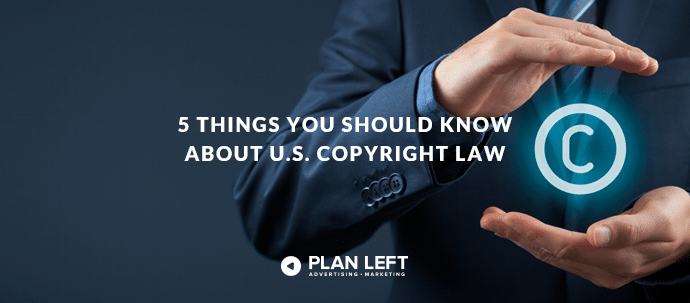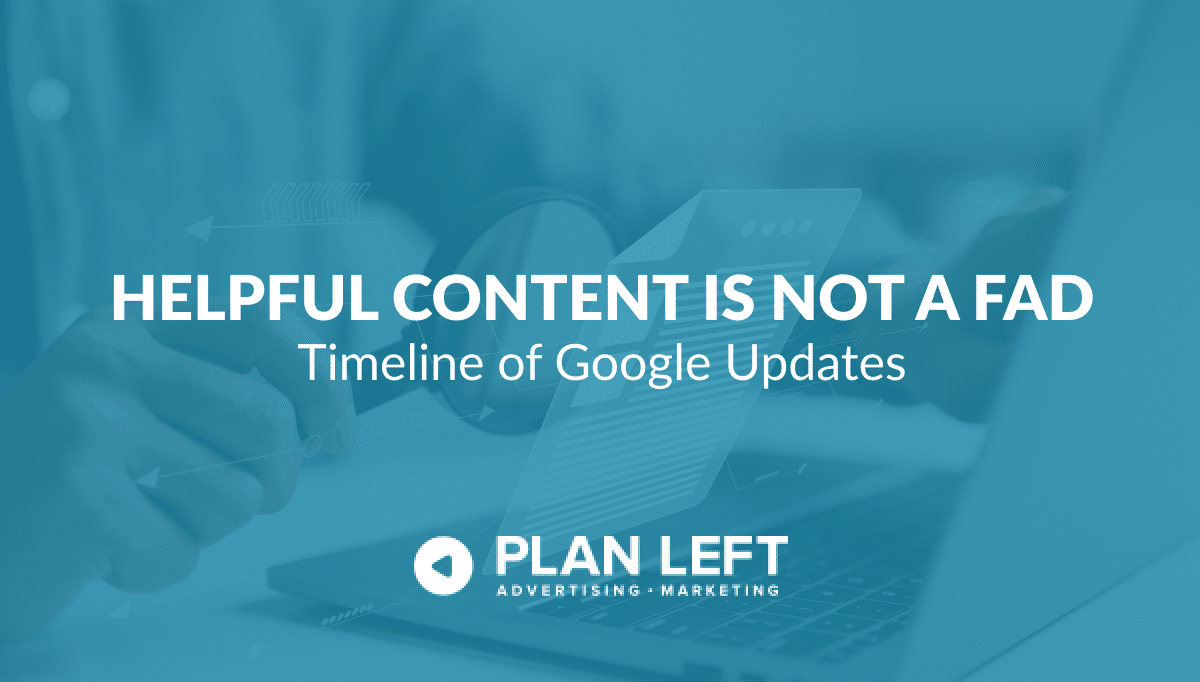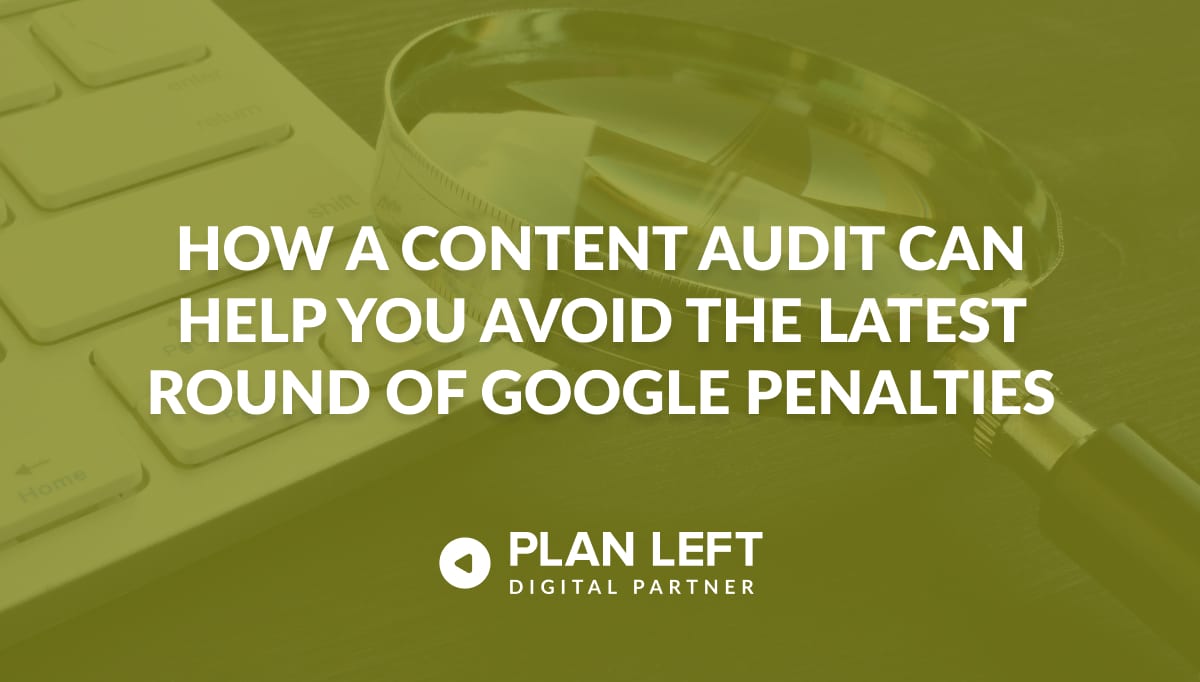
And possibly five other things, at any given moment.
A lot, a lot, goes into creating marketing materials, campaigns and content.
You have to find images, research your topic, and compile information. You have to have access to other people’s work in order to make yours more compelling.
And there’s a lot of legality surrounding how you can use other artists’ work in your own marketing materials and campaigns.
Plagiarism and using other’s artistic work in your own without a license is grounds for legal action (or, at the very least, a strongly-worded Cease and Desist letter).
When you’re using other artists’ work and tangible ideas in your own marketing, your reputation and bank account is on the line. That’s why you need to know all of the ins and outs of the U.S. Copyright Law.
So let’s get into the specifics of copyright law, and in particular, copyright law as it applies to digital and traditional marketers.
What Does the Copyright Law Do?
According to the Copyright Act of 1976, the law was enacted to “promote the Progress of Science and useful Arts, by securing for limited Times to Authors and Inventors the exclusive Right to their respective Writings and Discoveries.”
The goal here is to encourage the creation of new works of art—essentially, providing impetus for people to create new things instead of imitating old ones.
Copyright law serves to protect not only works of art produced in the United States, but also in over 100 other countries around the world, as per the Berne Convention and an international copyright agreement reached in 1988.
The law doesn’t protect an artist’s mental creations—just because you thought of something doesn’t mean the idea is protected under legal recognition.
There has to be fixed, tangible representation of the idea, whether it’s on a website, in a manuscript, on a canvas or in a recording.
What Does the Copyright Law Protect?
Essentially, every tangible piece of art or expression is protected by the copyright law.
U.S. copyright law, to get more specific, protects the following works:
- Literary works
- Musical works (including accompanying lyrics)
- Dramatic works (including accompanying music or lyrics)
- Choreographed works
- Motion Pictures
- Audiovisual Works
- Visual Artworks (painting, sculptures, graphic representations, pictorial works)
Copyright law also extends to words written on a website, owned by a particular company or author, as well as images generated by a designer or photographer and published on the Internet.
How Long Does a Copyright Last?
In the United States, works published after 1977 are protected by the copyright law for the life of the author, plus 70 years.
If the work was done for hire, was specially commissioned, or was published under a pseudonym, the copyright lasts between 95 and 120 years.
Works published between 1923 and 1978 are protected for 95 years from the date of publication.
Works published in the United States before 1923 are in the public domain.
Finding work that exists in the public domain can relieve you of the stress and burden that comes with re-use of licensed and legally protected art.
What is the Fair Use Law?
The Fair Use Law is related to freedom of speech. It allows citizens of the United States to use copyright-protected works without a license—under certain circumstances.
When a work is being re-used for the following purposes, it may be protected under the Fair Use Law:
- Criticism
- Scholarship
- Satire
- News Reporting
- Research Purposes
- Non-profit Educational Purposes
- Transformative Uses (builds on the nature of the work and cannot act as a substitute for the original)
There are always gray areas in these situations, however. Re-use in a commercial setting isn’t automatic grounds for illegality.
And just because a work is being re-used in a non-profit setting doesn’t mean a court would agree that it’s Fair Use.
The more unique the original work is, the less likely you are to be able to lawfully use it under the Fair Use law.
Additionally, if your use of the work in your own productions or marketing is hurting the original’s market value or sales, it’s likely not protected under Fair Use, either.
Making Use of Creative Commons
Using other artists’ photography and images without their permission is grounds for a lawsuit or a Cease and Desist.
But using beautiful, compelling images in your marketing is a must—to drive engagement, to attract new eyes and to maintain authority in your industry.
When it comes to finding beautiful, high-quality images for your marketing, don’t even think about using an image without permission. You’re asking for trouble.
And don’t think simply attaching a “Credit To:” line below an image makes it okay. Unless you’ve received express written permission to re-use the image in your own work, it’s protected, and you can’t.
Creative Commons exists as a sort of liaison between individual creators and those who want to use their work. CC provides licenses for authors, allowing others to use their work according to stipulations set by the author himself.
Finding “Some Rights Reserved” images and art work is easy in the Creative Commons portal—all you need to do is provide the author with attribution within your work (if they’ve stipulated that you do so as part of their licensing agreement).
Check out these other websites that offer free, beautiful stock photography that can be used without attribution:
You might also consider joining a stock photography website, which will give you access to thousands of royalty-free images for a monthly fee.
iStockphoto.com and bigstock.com are two sites that offer thousands of images for a low monthly rate.
These websites can be instrumental in allowing you to build out landing pages, emails, web pages, and unique social graphics with beautiful photos that you can alter to fit your own needs, without jeopardizing your company’s adherence to the law.
Maintaining clean, legal usage of images and ideas within your marketing materials is highly important.
Doing so helps you keep a sterling reputation and helps you avoid expensive lawsuits from artists you’ve wronged.
Still have questions? Plan Left can help.
Explore Latest Posts
In 2011, Google first changed how content was written with the Panda Update by changing how keywords could be used ... read more
April 17, 2024
The latest Google algorithm changes have shaken the search marketing world. While the Google Spam update has finished, the Google ... read more
April 16, 2024
The latest Google Spam update ended 15 days after being rolled out, but the Google Core update is still in ... read more
April 12, 2024
MARKETING insights
Join the Thousands Who Receive Our Twice-Monthly Newsletter.
It's hard to keep up. Our newsletter is packed with buyer behavior insights, the latest marketing and technology updates, work/life balance tips, and—because we ❤️ our support staff—adorable pets looking for forever homes. Only twice per month. No clogged inboxes. You can't say no.




